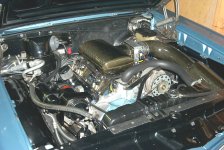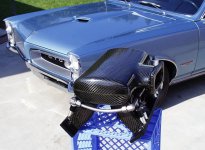Folks, I am looking into making my own oil sump and air box / pipes in carbon. However my biggest concern is the carbon less heat transfer compared to aluminum. 10x less. Or even more practical seen. Cools down the oil 10x less efficient. I planning to make storage for 6-7 qt. So less oil mass to carry and heat/cool. I am not the best theory dude, so I would be very happy to hear pros and cons. I guess its the matter of how much the sump normally contribute for cooling.
Thanks for all feedback!
Thanks for all feedback!






